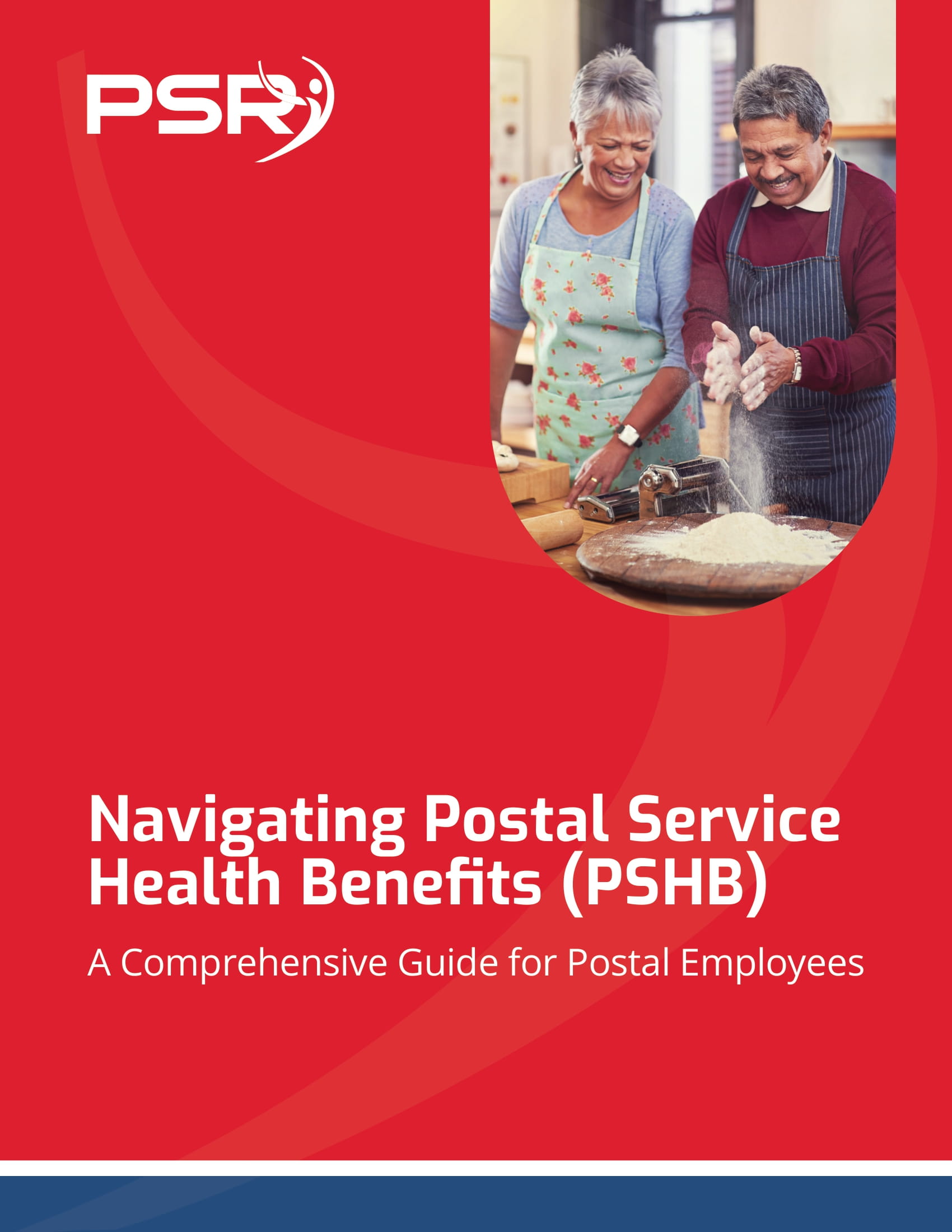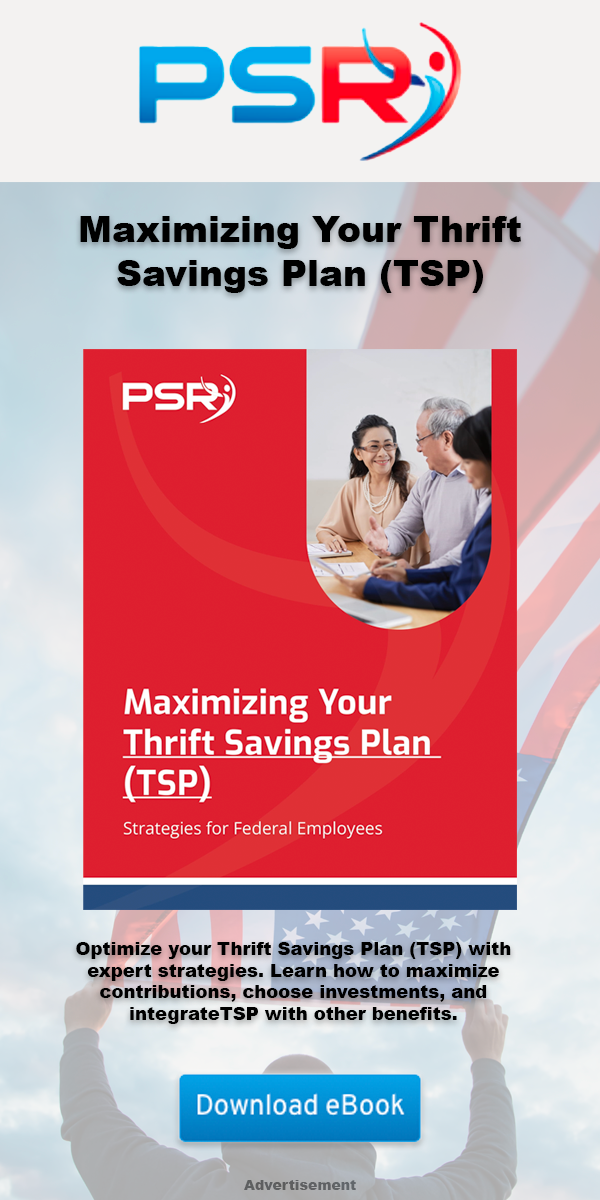Key Takeaways:
-
The FERS Supplement bridges the income gap for federal employees retiring before they can claim Social Security, providing much-needed financial stability.
-
Eligibility for the FERS Supplement requires meeting specific service and age criteria, making early planning essential for maximizing retirement benefits.
Unlocking the Mystery of the FERS Supplement
- Also Read: Federal Retirement Advice You Didn’t Know You Needed—Until Now
- Also Read: The Latest Federal Employee News You Need to Know to Protect Your Retirement
- Also Read: Ready for Retirement? Here’s How Law Enforcement Officers Can Leave the Job with Benefits Intact
What Is the FERS Supplement?
The Federal Employees Retirement System (FERS) Supplement, also known as the Special Retirement Supplement (SRS), is a payment designed to mimic Social Security benefits for those retiring early. This benefit fills the income gap for federal employees who leave service after meeting retirement eligibility but before they qualify for Social Security. Think of it as a temporary income stream to keep your financial plans on track until you hit age 62.
Who Qualifies for the FERS Supplement?
Eligibility for the FERS Supplement isn’t automatic; it’s tied to specific retirement conditions. Here’s what you need to know:
-
Minimum Retirement Age (MRA): To qualify, you must retire at or after your MRA with at least 30 years of service, or at age 60 with 20 years of service. The MRA depends on your birth year, ranging from 55 to 57 years old.
-
Immediate Retirement: You must retire under an immediate retirement provision. Deferred retirement options do not include the supplement.
-
Special Categories: Law enforcement officers, firefighters, and air traffic controllers often qualify earlier due to their unique retirement rules.
If you meet these conditions, you’re on track to receive the FERS Supplement until the month you turn 62.
How Much Can You Expect to Receive?
The FERS Supplement is calculated based on your estimated Social Security benefit at age 62 and the proportion of your federal service under FERS. While exact amounts vary, here’s a simplified formula:
Estimated Social Security Benefit at Age 62 × (Years of FERS Service / 40)
For instance, if your estimated Social Security benefit is $1,200 per month and you’ve worked 20 years under FERS, your monthly supplement would be:
$1,200 × (20/40) = $600 per month
Remember, this amount isn’t adjusted for inflation, so what you see is what you get.
When Does the FERS Supplement End?
The FERS Supplement doesn’t last forever. It’s designed to stop the moment you turn 62, regardless of whether you begin collecting Social Security at that time. It’s crucial to plan your finances accordingly to avoid any gaps in income.
Additionally, the supplement is subject to an earnings test similar to Social Security. If your earnings exceed the annual threshold (set at $22,320 in 2025), your benefit is reduced by $1 for every $2 over the limit.
Why Is the FERS Supplement So Valuable?
-
Bridging the Gap: Many federal employees retire in their late 50s or early 60s. The FERS Supplement ensures that you have a steady income until you qualify for Social Security.
-
Financial Security: By replacing a portion of your Social Security benefits early, the supplement reduces the risk of draining your savings during those transitional years.
-
Encouraging Early Retirement: For those in high-stress positions or physically demanding roles, the supplement makes early retirement a realistic and financially viable option.
Common Misconceptions About the FERS Supplement
The FERS Supplement is often misunderstood. Let’s bust a few myths:
-
It’s Not Automatic: You must meet all eligibility criteria to receive the supplement.
-
It’s Not a Lifetime Benefit: The supplement ends when you turn 62, so it’s not a replacement for long-term planning.
-
It’s Not Adjusted for Inflation: Unlike Social Security, the FERS Supplement remains static, which means its value diminishes over time.
Maximizing Your FERS Supplement
To get the most out of your FERS Supplement, early planning is key. Here are some tips:
-
Understand Your MRA: Knowing your Minimum Retirement Age helps you plan your retirement date and eligibility.
-
Track Your Service Time: Ensure your federal service records are accurate to avoid surprises.
-
Avoid the Earnings Test Penalty: If you plan to work after retirement, keep your income below the annual earnings threshold to preserve your full benefit.
How Does the Supplement Fit Into Your Retirement Plan?
The FERS Supplement is just one piece of your retirement puzzle. Here’s how it complements other benefits:
-
FERS Annuity: Your basic retirement benefit provides a stable income for life, calculated using your high-3 average salary and years of service.
-
Thrift Savings Plan (TSP): Contributions and growth in your TSP account can serve as a long-term investment to supplement your income.
-
Social Security: The supplement mimics Social Security but doesn’t replace the need to understand your full Social Security benefits at age 62 and beyond.
-
Federal Employees Health Benefits (FEHB): Ensuring continuous health coverage is crucial, especially if you retire before becoming Medicare-eligible at 65.
Pitfalls to Avoid
While the FERS Supplement is a fantastic benefit, there are a few traps to watch for:
-
Assuming Automatic Enrollment: You must apply for the supplement as part of your retirement process.
-
Overestimating the Amount: The supplement is not designed to fully replace your working income.
-
Ignoring the End Date: Planning for the gap after age 62 is essential, especially if you delay claiming Social Security.
What Happens If You’re Not Eligible?
Not everyone qualifies for the FERS Supplement. If you don’t meet the criteria, you’ll need to rely on your FERS annuity, TSP, and personal savings to bridge the income gap. Consider:
-
Saving More in Your TSP: Higher contributions can provide a cushion during the gap years.
-
Exploring Part-Time Work: Strategic employment can help you cover expenses without significantly impacting your overall retirement plan.
Should You Retire Early to Get the FERS Supplement?
Early retirement has its appeal, but it’s not for everyone. Ask yourself:
-
Can You Afford It? Evaluate your overall retirement income sources, including your annuity, TSP, and personal savings.
-
Are You Mentally Ready? Retirement isn’t just about money; it’s a major lifestyle shift.
-
What Are Your Goals? Whether it’s traveling, pursuing hobbies, or spending time with family, ensure your financial plans align with your retirement aspirations.
Why Isn’t the FERS Supplement Talked About More?
Despite its value, the FERS Supplement often flies under the radar. Here’s why:
-
Complexity: Understanding federal retirement benefits can be daunting, and the supplement is just one piece of a larger system.
-
Lack of Awareness: Many employees focus on their annuity and TSP, overlooking the supplement’s role.
-
Limited Duration: Since the supplement ends at age 62, some may see it as less impactful than lifelong benefits like the FERS annuity.
Final Thoughts on the FERS Supplement’s Role in Your Retirement
The FERS Supplement is a crucial, albeit temporary, benefit for federal employees retiring before age 62. By bridging the income gap, it provides peace of mind and financial stability during a critical transition period. Planning ahead and understanding how it fits into your overall retirement strategy ensures you can make the most of this hidden gem.













